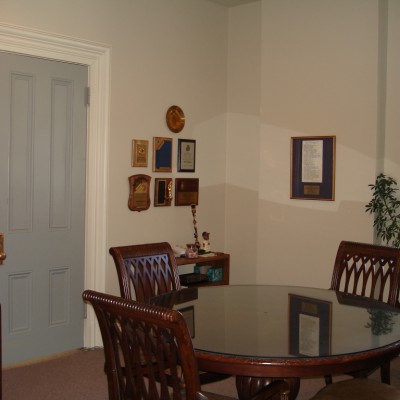Groh Mansion
3043 Superior Avenue
Cleveland, OH 44114
map

Parking
20 cars, Free Street Parking
Total Square Footage
8,000 sq. ft.
Listing
Local Landmark Register
Leasing Information
Available Space
Second Floor Suite – 1,400 sq. ft.
Availability
Immediately
Potential Uses
Office, Program Space
For more information, call (216) 431-9100.
Unique Features
Highly stylized, turn-of-the-century, Italianate Mansion built as a family home for Michael Groh in 1872. Groh owned most of Marblehead and specialized in quarrying limestone, which he used on this building. The mansion features large rooms, 12-foot ceilings, historic woodwork, ample storage, accommodations for multiple tenants.
Location
Superior Avenue inner belt, a major thoroughfare to Downtown Cleveland. Easy access to I-90 and I-71. Bus stop directly to Tower City.
Historical Information
The Groh Mansion was built in 1872 by Michael Groh as his residence. He was an important businessman in the area of lime-making in Ohio as he was instrumental in the supply of limestone and related products for the Midwest region. Michael Groh was a significant builder who also built St. Peters Church in Cleveland.
The Groh Mansion is the solitary surviving residential building from this time of growth in Cleveland following the Civil War. It showcases the fine American architecture of the era at a Superior Avenue location which was, at the time, the home to some of the most fashionable residences in Cleveland.
The house was occupied between 1912 and 1918 by the city’s oldest and largest medical fraternity, Nu Sigma Nu. To accommodate the fraternity, the former attic was converted to a large meeting hall space, necessitating a new stairway and fire escape plus the elimination of the cornice such that larger windows could be installed in front.
From around 1944 until 1997, the building was used as a union hall for electrical workers.
Michael E. Chesler purchased the mansion in 1997 and the complete rehabilitation and redevelopment was completed in 1999.
















